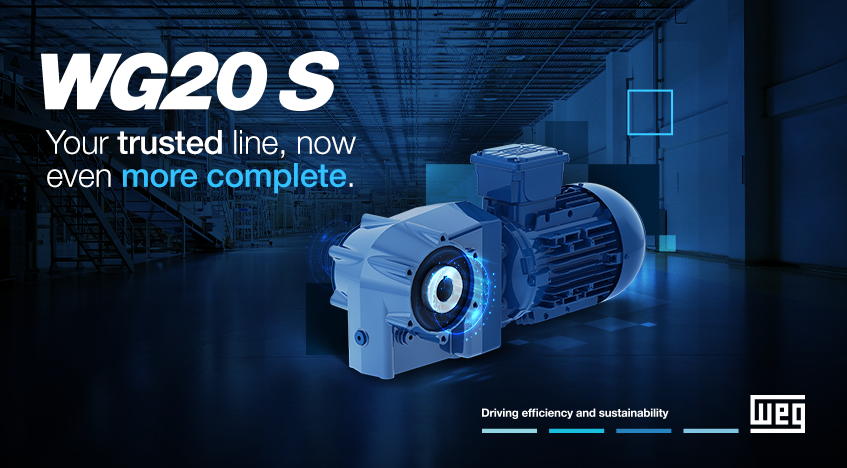The result of this growth is that increasing numbers of explosion proof electric motors are being employed across all industry sectors. The term "Explosion-proof" is one used to describe a range of motors for use in hazardous areas where the risk of explosion is a possibility. Explosion-proof motors have enclosures that are constructed in such as way that the motor does represent an explosion or a fire hazard.
As the number of explosion-proof motors in industry has grown, so has the application of VFDs to control them in variable speed applications. In most cases the VFD is mounted outside of the hazardous area, simply because it is better from a safety point of view that the minimum amount of variable speed drive equipment is located within the hazardous area normally the motor and its supply cables. Also supporting this approach is cost: a matched VFD/motor package certified for Ex environments is inevitably more expensive and cannot always be justified in today's highly competitive global market for manufacturing.
Whilst mounting the inverter and its ancillary equipment outside the Ex zone overcomes safety concerns, it does not overcome the traditional problem of increased temperature rise within the electric motor, resulting from the use of variable speed drives. The cause of the problem is the non-sinusoidal output from the VFD, which invariably increases motor losses. In the past, when the majority of explosion proof motors were certified on sinusoidal supplies, using an VFD could invalidate certification for a motor as the non-sinusoidal effects of inverter moved the machine outside of its operating parameters.
Today, the majority of motor manufacturers rate their motors for use on both sinusoidal and non-sinusoidal supplies; however, this does not mean that the heating problem has gone away, rather that it is widely recognised by manufacturers and users alike, and motors are now selected with this in mind.
A further consideration when using VFDs to vary the speed of explosion proof motors is the adverse effect they have on motor cooling - unless some supplementary method of cooling is provided. This is because the amount of airflow through the motor decreases as the inverter reduces motor speed. The resultant decrease in cooling capacity exacerbates the problem of losses due to harmonics; the combination of the two factors causing the motor to run hotter as its speed decreases.
The risks posed by excessive motor heating require that manufacturers check the temperature of motors, either via calculation or by testing to the appropriate standard. In addition, to diminish the risks of excessive surface temperatures thermal protection of the motor must be independent of the VFD. This involves the use of a PTC thermistor into the motor windings. In cases of over-temperature, the output from the thermistor initiates a relay, which removes the power supply to the motor, effectively turning it off.
The problems of matching the operating parameters of VFDs and motors from different manufacturers mean that is much better for the user to use a consolidated drive/motor package from a single manufacturer. The benefits of this approach are supported by the results of an extensive test programme recently undertaken by WEG in Brazil. The tests combined WEG motors with WEG's new CFW-09 VFD, and also other manufacturers" ranges of drives. The first area to be tested across all the VFD types was Motor Temperature Increase (Delta T). This revealed that the Delta T of the motor was up to 11% lower using WEG drives, when compared to the other VFDs tested. This is important for motor longevity, because when motor operating temperature is lower, the benefit is a longer insulation life.
The reason for this reduced temperature rise is the new Space Vector Modulation (SVM) technology integrated into the CFW-09. SVM generates optimised PWM waveforms, reducing the motor losses related to harmonics, leading to lower motor temperatures and increasing motor life. Increasing the efficiency of SVM is an "On-Line" dead time compensation function, which corrects the PWM pulses, optimising the waveforms generated for the motor. This technique reduces the torque ripple at low speeds and provides smooth motor operation at no load or light load conditions, avoiding motor speed and current oscillations.
The many operating benefits provided by SVM technology were also evident in the Overall Total Efficiency tests conducted by WEG. The combined effects of SVM gave the package of the WEG motor and WEG VSD the highest total efficiency, at around 97%, of all the drives tested. This efficiency level can be maintained even when eccentric load applications are encountered.




